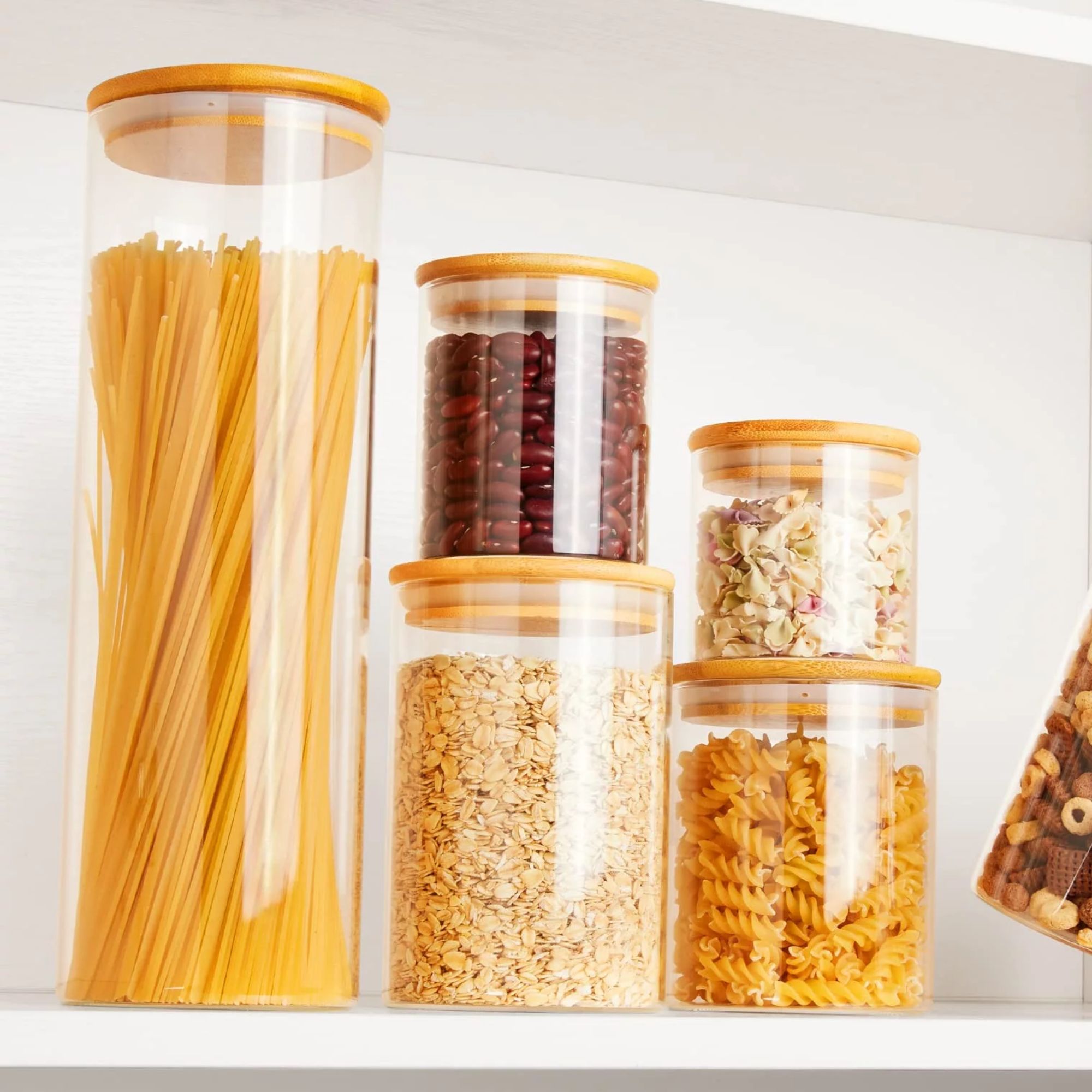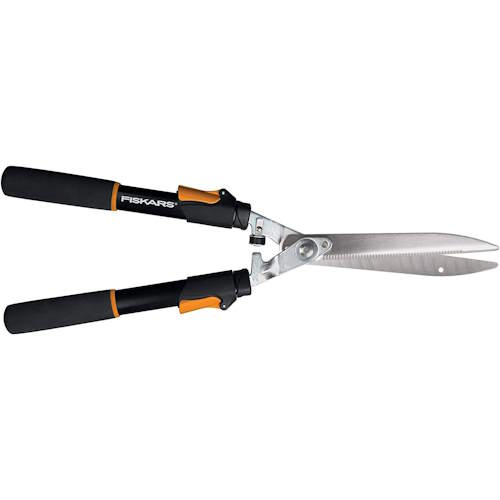
In many parts of the world, summer is almost in full swing. And while that brings all the fun of the sun – such as trips to the beach and outdoor meals – it also signals the arrival of some less lovely things into our lives; namely, the return of bugs and creepy-crawlies.
In the warmer months, our homes are often plagued with insects, be it a spider in the corner of our living room or a moth that we want to get rid of flying around our bedroom lamp. Why are they so prevalent in the summer? 'The seasons have a big impact on bugs because they are able to reproduce and swarm more during warm, wet months,' Allan Bossel, pest expert and Operations Expert at BBE Bed Bug Exterminator, explains. 'This is the main reason we see more bug activity in the summer.'
While we’re perfectly happy to see bugs outside in their natural habitat, most of us would rather not have them in our homes; not only can they be irritating and unhygienic, but in some parts of the world, they're even dangerous. So if you’re after a bug-free summer (and already know how to keep bugs away from porch lights), we’ve examined exactly how these insects get into our homes, and what we can do to stop them; pronto.
5 ways bugs are entering your home
Insects actually enter our homes in a number of ways – and while some are more obvious, others you may not have suspected. This is how most bugs you encounter in your home are getting in, from spiders to wasps...
1. Via open doors and windows

Of course, the most obvious way in which a bug will take up residence in your home is by either crawling or flying in via doors and windows, which are often left open during the warmer months.
'Most flying pests enter the home accidentally when doors, windows, and other entry points are left open,' pest expert Emma Grace Crumbley, an Entomologist at Mosquito Squad, explains. As such, this is most likely to happen with certain types of insects. 'Flying pests include flies, mosquitoes (here's how to get rid of mosquitoes naturally), gnats, wasps, and the reproductive forms of ants and termites,' she says.
However, open doors and windows aren’t always how flying insects will have entered your home. 'Flying ants or termites in the house may sometimes indicate an infestation in the structure's walls,' Emma warns – which is something that must be addressed by a professional.
Design expertise in your inbox – from inspiring decorating ideas and beautiful celebrity homes to practical gardening advice and shopping round-ups.

Emma Grace Crumbley is a trained entomologist, having studied at the University of Georgia. Through her role at Mosquito Squad, she uses her expertise to educate customers on bugs and also helps to continue the companies' research into the growth, nutrition, and behavior of insects, as well as how they interact with humans.
2. Through cracks in our homes

Perhaps the next most common way in which insects will enter our homes in summer is through cracks that we might not even be aware exist; be it around doors or windows, or within the structure of our properties.
Emma explains, 'crawling pests typically enter the house through small gaps around entryways and cracks in a home's foundation. These pests include ants, spiders, cockroaches, beetles, ticks, centipedes, and woodlice, among many others.'
Many insects that crawl their way into our homes through gaps like these will be found either on our floors or on surfaces around doors and windows.
3. Through exhaust fans and dryer vents

Dryer vents and exhaust fans (and anything similar) can sometimes present unsealed entrances to the home, and it’s not uncommon for insects to take advantage of these spots to gain access.
'If the fans and dryer vents in your home are properly sized there shouldn't be a gap that allows bugs to enter - but oftentimes, these components aren't properly sized for the hole they are fitted in, or are loose and allow enough wiggle room for various bugs and other critters to make an entrance,' Kyle Selbach, Director of Operations at All U Need Pest Control, points out.
So it’s important to check that these areas are secure and also to maintain them regularly to ensure they don’t become an easy point of entry for bugs.

Kyle Selbach, a Southwest Florida native, has a B.S. in Biology from Florida Gulf Coast University, and worked as a Certifited Pest Control Operator at All U Need Pest Control, before moving up to the position of Director of Operations at the company.
4. Plants and trees near your home

Vegetation such as trees, bushes and flowers near your home can provide a handy method of entry for insects when it comes to accessing your home, Emma explains. In fact, having things like bushes or trees near your property are likely to increase the number of bugs in your home year-round.
'While crawling bugs can climb up the walls of the house until they find an entry point, they also use overhanging vegetation to reach the upper levels of the home,' Emma points out. 'Tree branches touching the roof or sides of the house, tall bushes, and overgrown grasses provide pests with shade and shelter while they travel from your yard to inside your home.'
5. Through standing water

You’re more likely to get insects (flying or crawling) zooming into your home if you allow them to breed close by – and as such, Emma advises being aware of accidentally creating certain environments in your outdoor space!
'The breeding source for flies, mosquitoes, and gnats is either standing water or moist, organic material (like decomposing foods, animal waste, or sludge formed in trash cans),' she says.
'The key to controlling these pests is identifying their breeding sources near your home and reducing them as much as possible to stop them from entering your home.' Garden drainage ideas can be useful here if you struggle with standing water on your green space.
How to stop bugs from coming into your home

So now that you're aware of how bugs usually end up in your home, how can you prevent this from happening as much as possible? Of course, it's unlikely that you'll be able to prevent insects from ever ending up in your property again – but these tips should greatly reduce their number...
1. Seal up entrances
Given that many of the bugs make their way inside via tiny cracks within our home’s exterior, a logical first step is to hunt these spots down, and do what you can to seal them up.
'The first thing to do is to inspect your home carefully inside and out,' Allan says. Though this can be difficult to do, Kyle recommends a clever trick. 'Start by looking for signs of daylight breaking in through window gaps, door gaps, and even taking a peek in your attic/crawlspace to look to see if light is coming in,' he says. 'If light can enter, you can be sure that bugs will be able to as well.'
Be aware that even the smallest gaps can present an issue, Emma says. 'Some insects, like ants and cockroaches, can fit through even the smallest opening – be sure they block their paths.'
So how should you be sealing these spots up? If they don’t require expert attention (e.g. a serious crack in your home’s foundation that a professional should address), Kyle suggests, 'you can use silicone or other sealant to seal these gaps and keep bugs out.
'I'd recommend bringing in a professional when these holes/cracks are in critical home components like your roof, as they would need expert input on how to best to be fixed.'

Allan Bossel currently serves as an Operations Expert at BBE Bed Bug Exterminator, where his extensive experience in bed bug and pest control allows him to maximize BBE’s service potential. Having founded his own pest control business in Michigan, Allan’s background is rich with over a decade of professional pest extermination.
2. Make your home less inviting
One of the most important ways to stop insects from entering your home this summer is simply to make it a less appealing environment for them!
'Like all living things, insects need a few key things to survive and thrive: food, water, and shelter,' Emma points out. 'As temperatures warm and insects become more active, their search for food, water, and shelter will lead pests into your backyard. The first step to prevent insects from hanging around your yard or home is to reduce the conditions conducive to pests,' she says.
So how can you practically make your home less inviting for bugs? Allan explains that tidying up any food-related messes regularly, and as quickly as possible, is key.
'To remove their food sources, keep all food sealed and all crumbs or food messes cleaned up. Don't leave dirty dishes in the sink, for example,' he says.
The effect of this is actually two-fold, Allan explains. 'Removing sources of food for non-predatory bugs will reduce the occurrence of predatory bugs too, because they depend on eating the smaller bugs to survive. For example, fewer flies, mites, and ants also means less spiders, for example.'
Emma shares that making your home less attractive for bugs even extends to the state of your trash (yes, really). 'Cover trash cans and clean out recycling items before discarding them. This reduces the number of attractive foods and odors around your home,' she says.
To remove what bugs consider to be shelter, it’s important to do regular cleans and declutters of your home too. 'Removing insects’ shelter means minimizing clutter and areas they can hide, nest, and reproduce,' Allan says.
Emma points out that, 'pests like spiders, house centipedes, and silverfish prefer dark, damp areas of the home that are undisturbed.'
So as well as removing clutter, you should also do what you can do to address any damp or condensation in your home, by airing your property regularly and using one of the best dehumidifiers, if necessary. Kyle explains, 'many bugs love areas that are moist, as it's instinctual for them to scout out water sources even if they already have found a water source that they use.'
3. Install bug screens
An easy and almost foolproof option for stopping bugs entering your home, is to provide a concrete block for them sliding in via open doors and windows. Because let's face it, no want to wants to have to compromise on being able to let fresh, cool air in during the summer months by shutting doors and windows!
'Add screens to windows, doors, patios, and porches, to create a second barrier against pests,' Emma recommends.
Bedroom pest screens, and those used elsewhere, are usually fairly inexpensive to buy at hardware stores, but you may want to get a professional in to fit and install them.
4. Maintain your outdoor space
Overgrown yards or outdoor spaces that aren’t properly maintained can quickly create a very attractive environment for insects – who are likely to take the opportunity to scurry into your home from your green space.
To combat this, Emma advises tending to your yard regularly, paying special attention to areas that may present potential issues. 'Trim grass, bushes, and overhanging vegetation to reduce hiding spots for bugs and direct entryways into the structure,' she recommends.
'It’s also wise to remove standing water from around the home’s perimeter,’ Emma continues. 'Stagnant water in bird baths, gutters, puddles, and yard clutter attracts several insect pests, including mosquitoes.'
If you love to cook outdoors with your best grill, you might also want to be cautious! 'Be mindful of wood piles near your home,' advises entomologist Emma Grace Crumbley. 'Untouched wood piles can be home to many kinds of pests, from ants to carpenter bees to ticks. Moving your woodpiles away from the house lowers the risk of these pests entering your home.'
Amy Hunt is a freelance lifestyle writer and editor primarily covering homes and interiors, wellness, travel and careers. She was previously Lifestyle Editor at woman&home, commissioning and editing the homes, books and features sections of the website,
In 2019, she won the AOP Digital Journalist of the Year Award, for her work on womanandhome.com. Having worked in the industry for over eight years, she has contributed to a range of publications including Ideal Home, Livingetc, T3,Goodto, Woman, Woman’s Own, and Red magazine.


